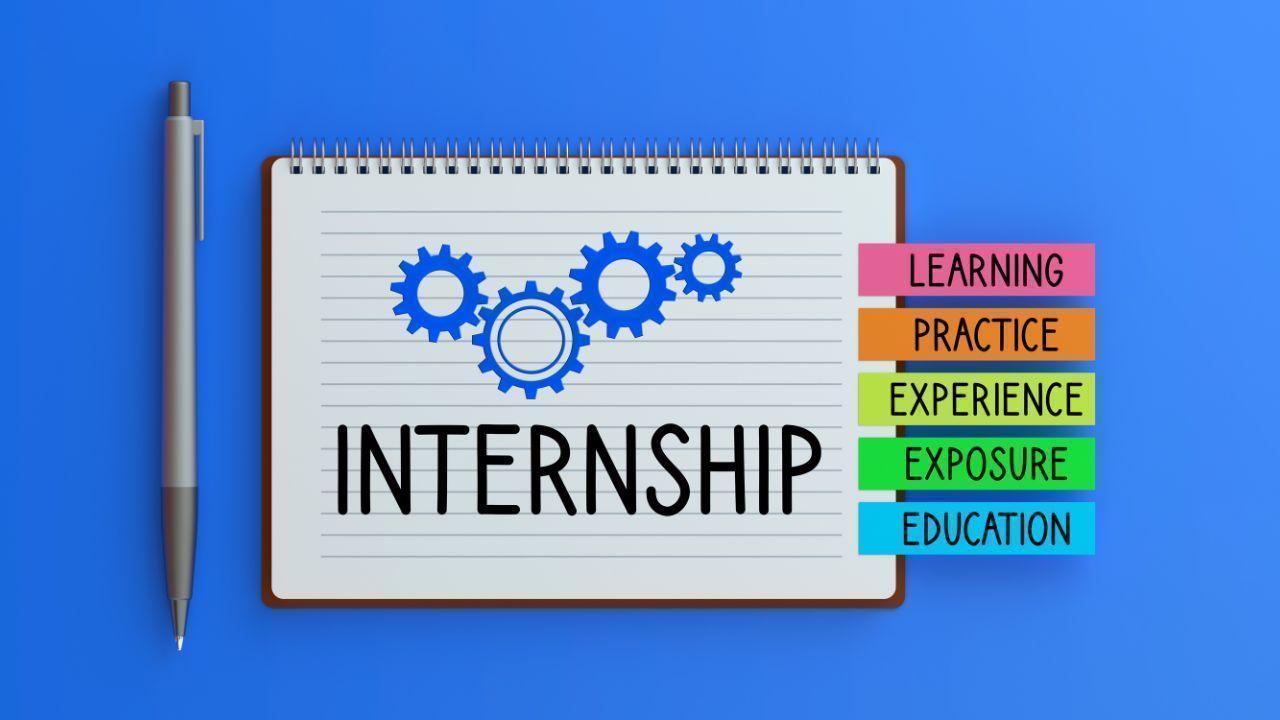


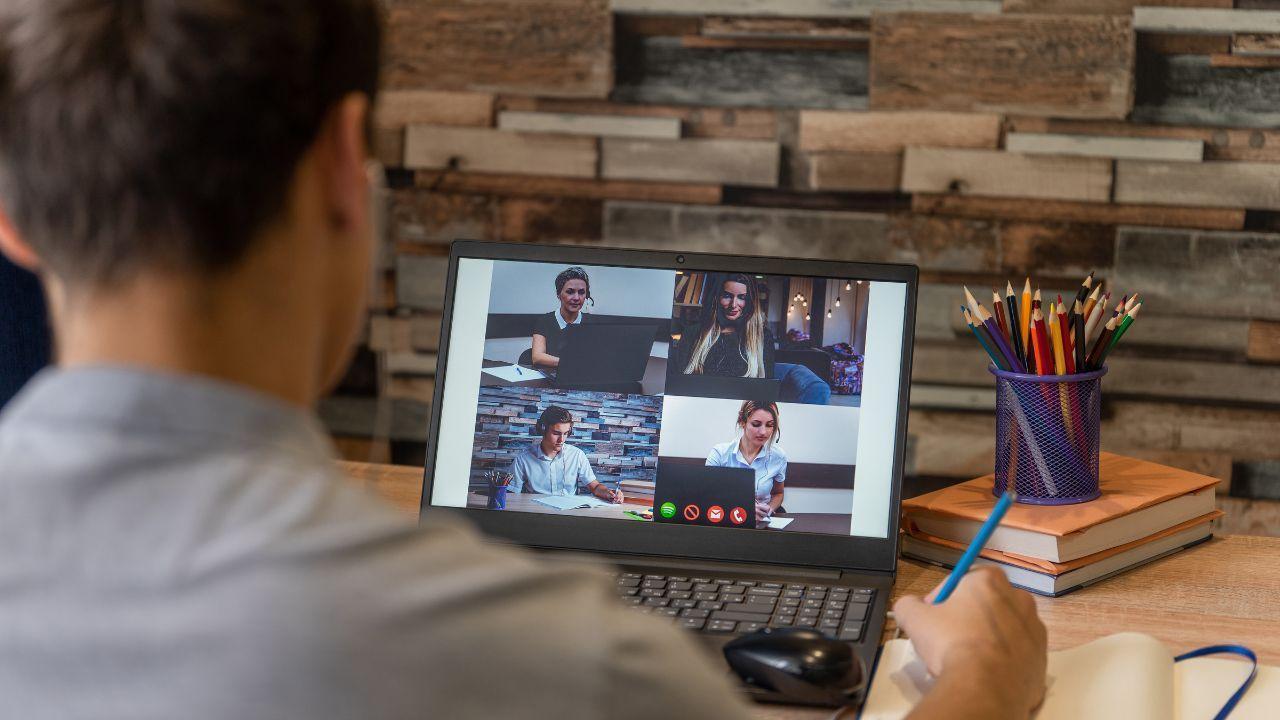
How Educational Videos Improve Learning Outcomes
In today’s digital world, education is changing rapidly. Students now have access to a wide range of tools that can make learning more interesting and effective. One of the most powerful tools that have gained popularity in recent years is educational videos. In The Power of Educational Videos in Enhancing Learning Outcomes, we explore how these videos can play a crucial role in improving learning experiences for students and enhancing the overall effectiveness of education.
Why Are Educational Videos Important?
Learning styles vary from student to student. Some students prefer reading, while others may understand better through visuals. Educational videos combine both visual and auditory elements, making them an excellent resource for students with different learning preferences. By using videos, teachers can help students grasp complex ideas more easily, which can lead to better learning outcomes.
According to recent studies, students retain information better when it is presented through multimedia, such as educational videos. The combination of sound, visuals, and text can reinforce the learning material, making it more memorable. This is why many educators are turning to videos as a powerful tool in the classroom.
How Do Educational Videos Enhance Learning?
1. Visual Learning and Engagement
One of the key benefits of educational videos is the ability to engage students visually. Whether it’s a science experiment, a historical event, or a mathematical concept, educational videos can bring lessons to life. Students can see examples, demonstrations, and real-life applications of the material they are learning.
For example, in subjects like biology, educational videos can show how the human heart functions, or how plants grow from seeds to trees. These visual representations help students understand complex concepts much faster than reading about them in a textbook.
2. Improved Retention of Information
Studies have shown that people tend to remember information better when it is presented visually. Educational videos use animation, graphics, and other visual aids to make learning more memorable. These videos engage both the eyes and ears, creating a stronger connection to the material. When students watch a video, they are more likely to retain the information for a longer period.
3. Flexible Learning at Own Pace
Another advantage of educational videos is that they allow students to learn at their own pace. In a traditional classroom setting, students often have to keep up with the pace of the lesson. However, with educational videos, students can pause, rewind, or replay the content whenever they need to. This helps them review difficult concepts without the pressure of trying to keep up with other students.
Students who need more time to grasp a concept can take the necessary time to do so. On the other hand, students who grasp the material quickly can move on to the next topic without feeling held back.
4. Enhancing Accessibility for All Students
Educational videos make learning more accessible to all students, including those with disabilities. For example, students who are hearing-impaired can benefit from videos with subtitles. Similarly, visually impaired students can use videos with descriptive audio or accessible features. Educational videos cater to a wide range of learning needs, making education more inclusive and equitable.
5. Engagement and Motivation
In today’s digital age, students are surrounded by technology. They are used to interactive and engaging content from platforms like YouTube, Netflix, and other social media. Educational videos tap into this environment by offering dynamic content that grabs students' attention. Instead of relying on traditional methods like lectures or reading, videos can keep students engaged and motivated to learn.
When students are entertained and interested in the content, they are more likely to focus and participate in their studies. Educational videos also provide a break from the monotony of traditional learning, giving students a chance to experience lessons in an exciting way.
Types of Educational Videos That Benefit Students
Educational videos come in many forms, and different types are suited to various subjects and learning needs. Here are a few types of educational videos that can make a difference in the classroom:
1. Instructional Videos: These videos demonstrate how to solve problems or perform tasks. For example, math teachers can create videos explaining how to solve equations, while science teachers can show experiments step by step.
2. Documentary Videos: Documentaries provide an in-depth exploration of a topic. History teachers can use documentaries to showcase significant historical events, and geography teachers can show documentaries about different countries and cultures.
3. Animation and Explainer Videos: These videos simplify complex concepts through animations. They are especially helpful for explaining abstract or difficult topics in subjects like physics, chemistry, and mathematics.
4. Interactive Videos: These videos allow students to interact with the content. For example, a video may ask a question or present a problem, and the student must select the correct answer to continue the video. This creates a more engaging and hands-on learning experience.
The Future of Educational Videos
The use of educational videos is expected to grow in the coming years. With advancements in technology, videos are becoming more immersive and interactive. Virtual reality (VR) and augmented reality (AR) are already being integrated into educational videos, offering students a more interactive learning experience.
In the future, educational videos may be personalized to cater to each student's learning style. Teachers and schools may be able to use data to create videos that focus on areas where a particular student needs improvement. This would further enhance the effectiveness of educational videos in boosting learning outcomes.
Disclaimer:
The content provided in this article is for informational purposes only. The views expressed here are those of the author and do not necessarily represent the views or opinions of MyEduGoal. While every effort is made to ensure the accuracy of the information, MyEduGoal does not assume responsibility for any errors or omissions. Readers are encouraged to verify all information independently before acting on it.
#trending #latest #EducationalVideos #LearningOutcomes #EdTech #StudentEngagement #InteractiveLearning #VisualLearning #EducationalTools #TeachingMethods #OnlineEducation #DigitalLearning #EdTechInnovation #LearningWithVideos #StudentSuccess

University Internships That Help You Get a Job After Graduation... Read More.

Is It Smarter to Start at a Community College... Read More.
 Fake posts hit Czech PM Fiala's X
Fake posts hit Czech PM Fiala's X
Fake posts disrupt Czech PM Fiala's X account security
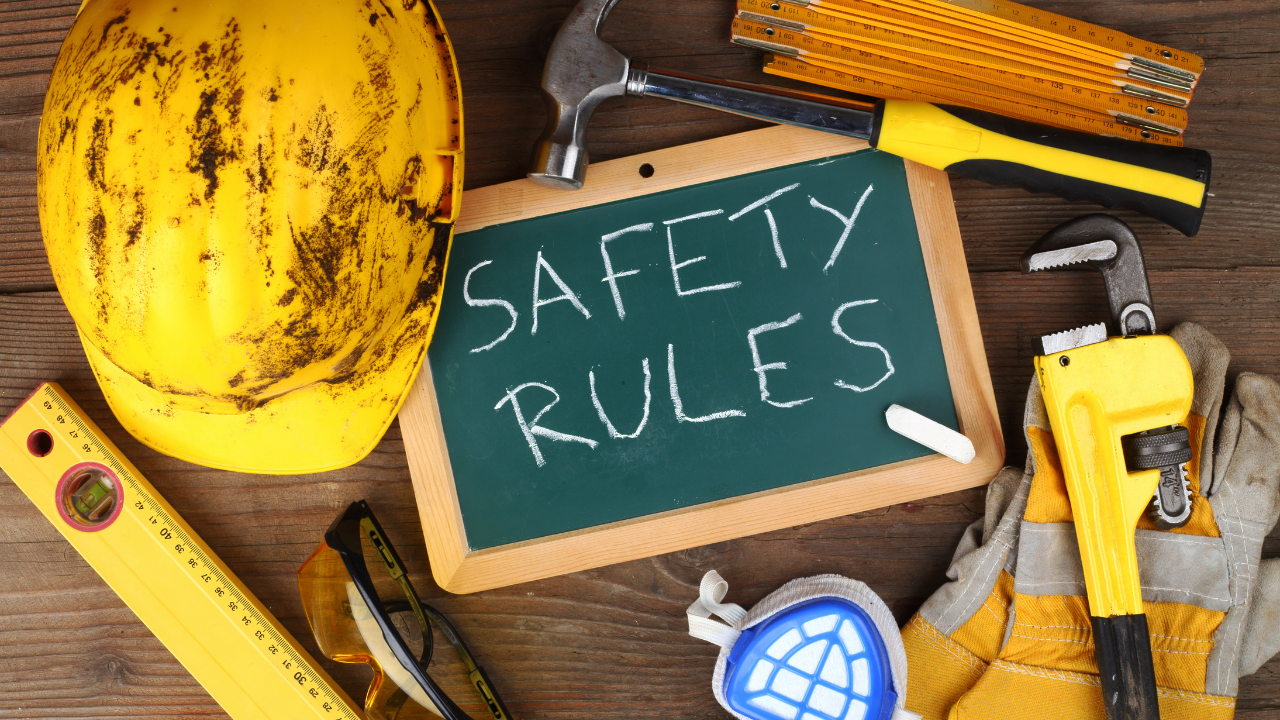 Switzerland Tightens Export Rules
Switzerland Tightens Export Rules
Switzerland expands export controls on dual-use goods
 Google unveils Ironwood AI chip
Google unveils Ironwood AI chip
Google introduces Ironwood chip to accelerate AI tasks & apps
 TSMC Q1 revenue up 42%
TSMC Q1 revenue up 42%
TSMC sees 42% revenue surge in Q1, surpassing forecasts
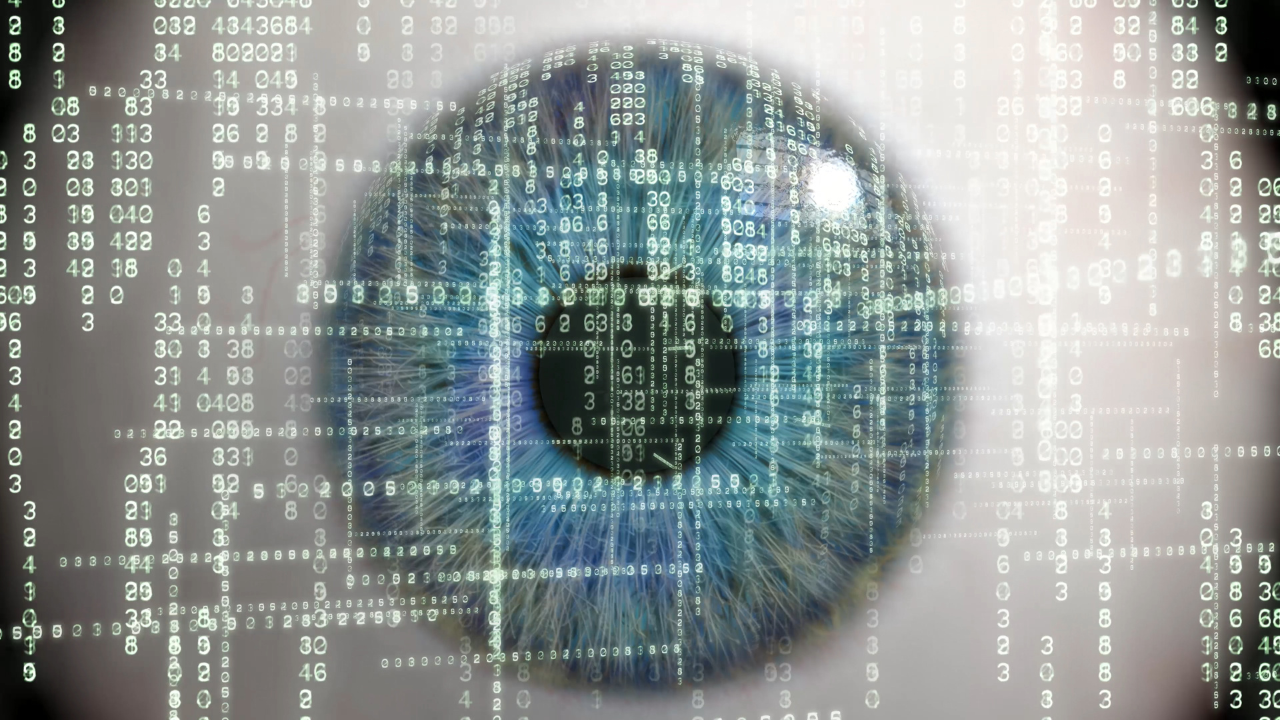 Amazon CEO Outlines AI Vision
Amazon CEO Outlines AI Vision
Amazon CEO reveals AI investment plans in new letter
 Osaka Hosts World Expo 2025
Osaka Hosts World Expo 2025
Japan blends tech and culture at Osaka Expo 2025 launch
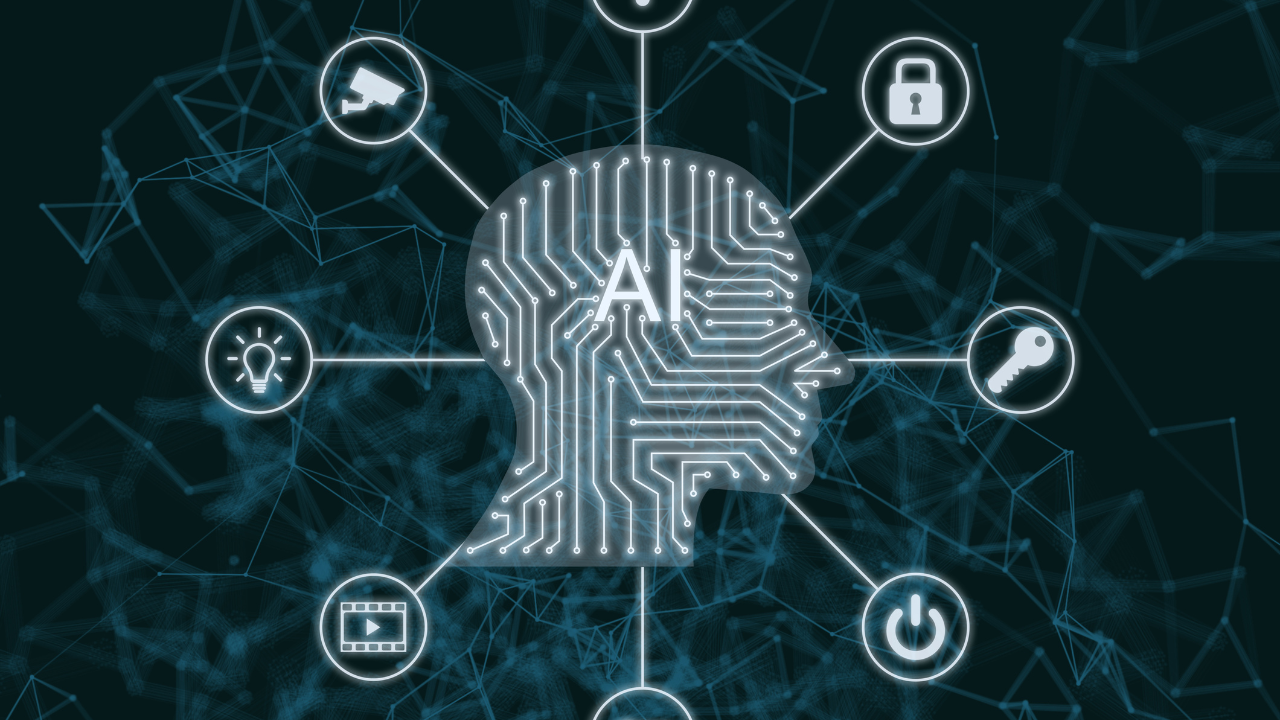 A16z Plans Big Bet on AI Startup
A16z Plans Big Bet on AI Startup
A16z may lead huge round in ex-OpenAI CTO’s new AI firm.
© MyEduGoal. All Rights Reserved. Design by markaziasolutions.com